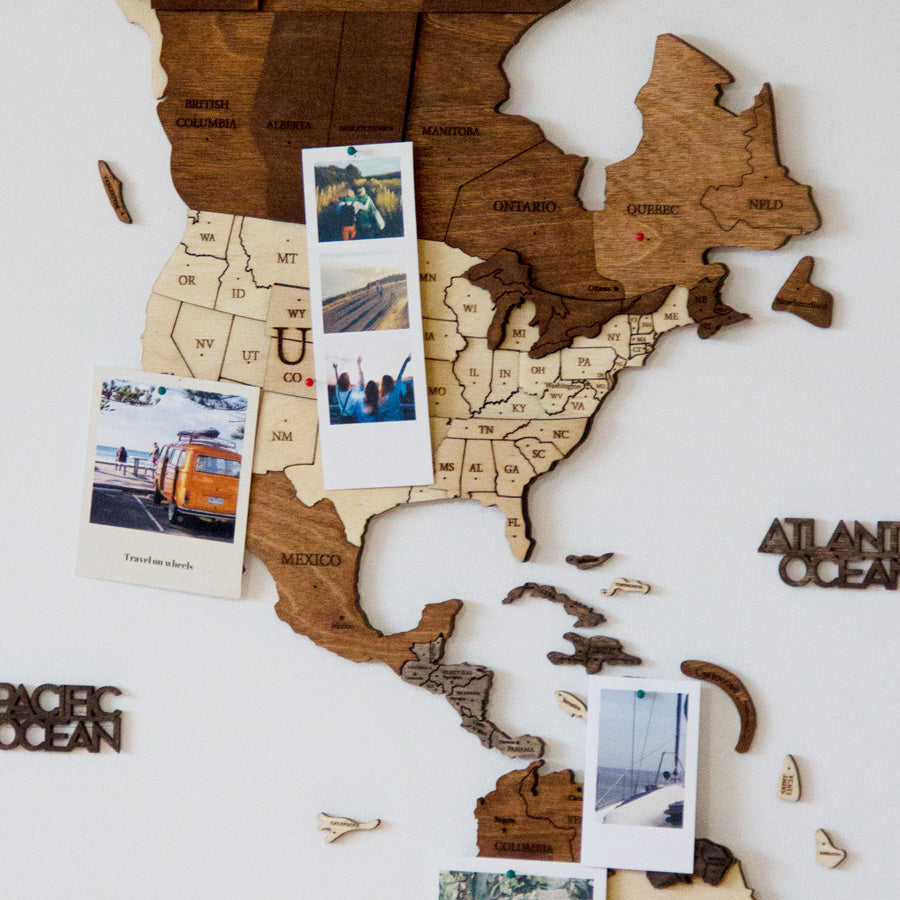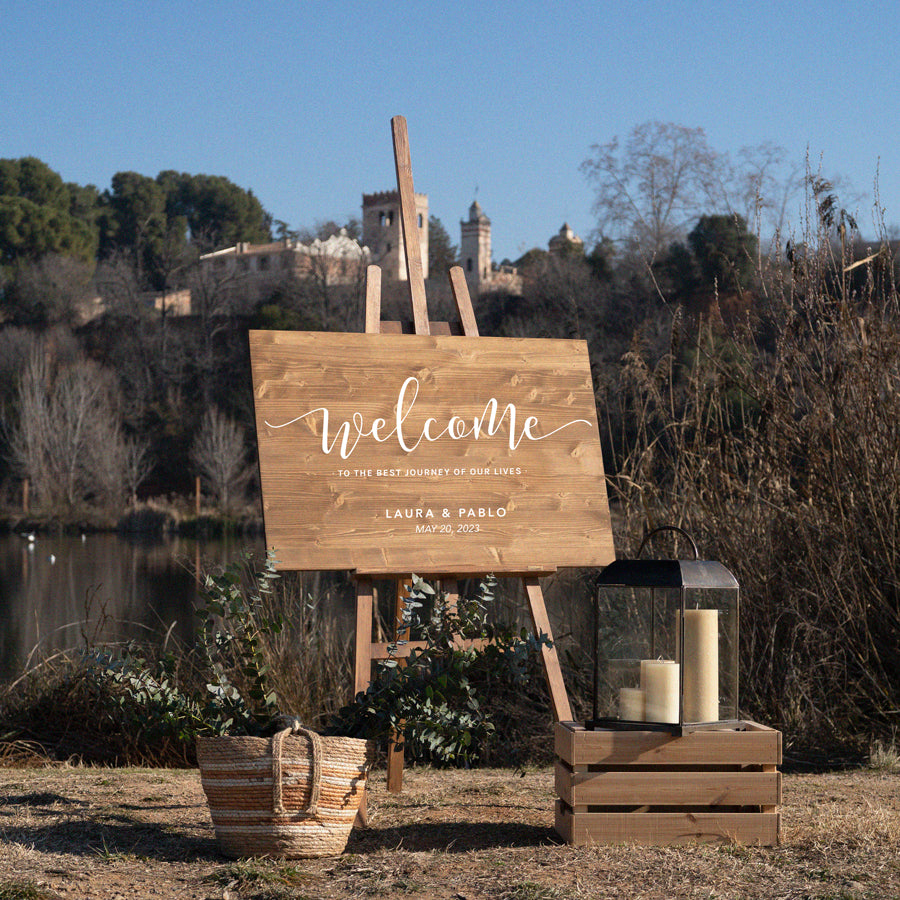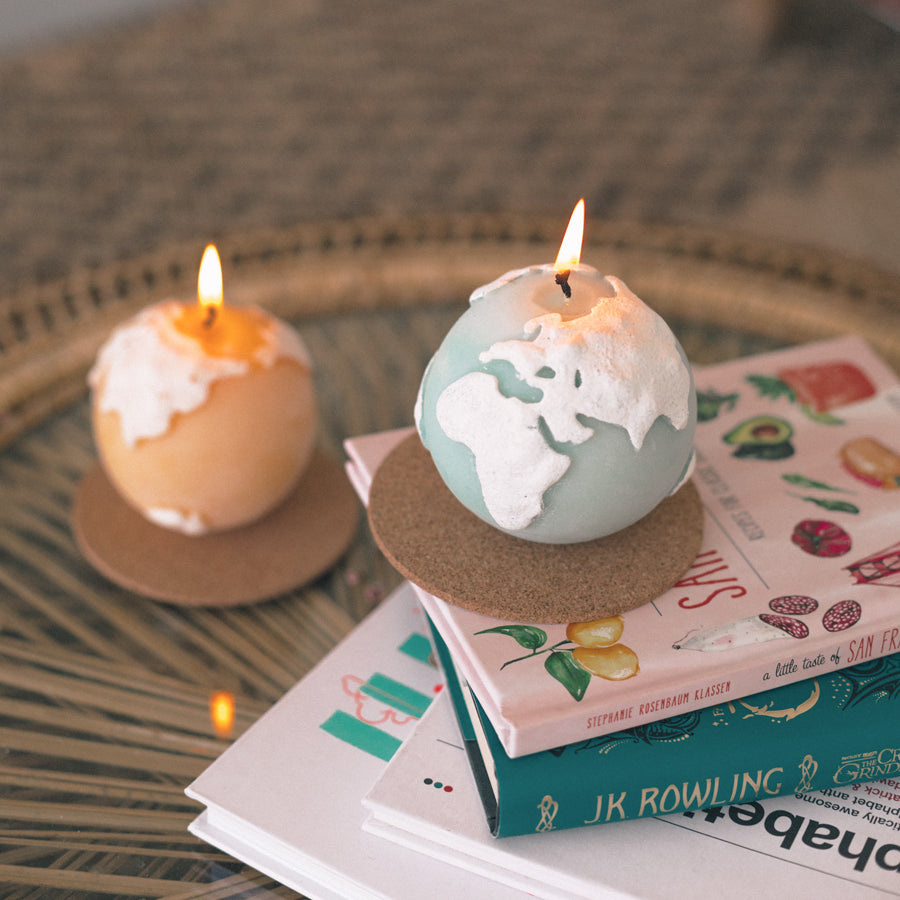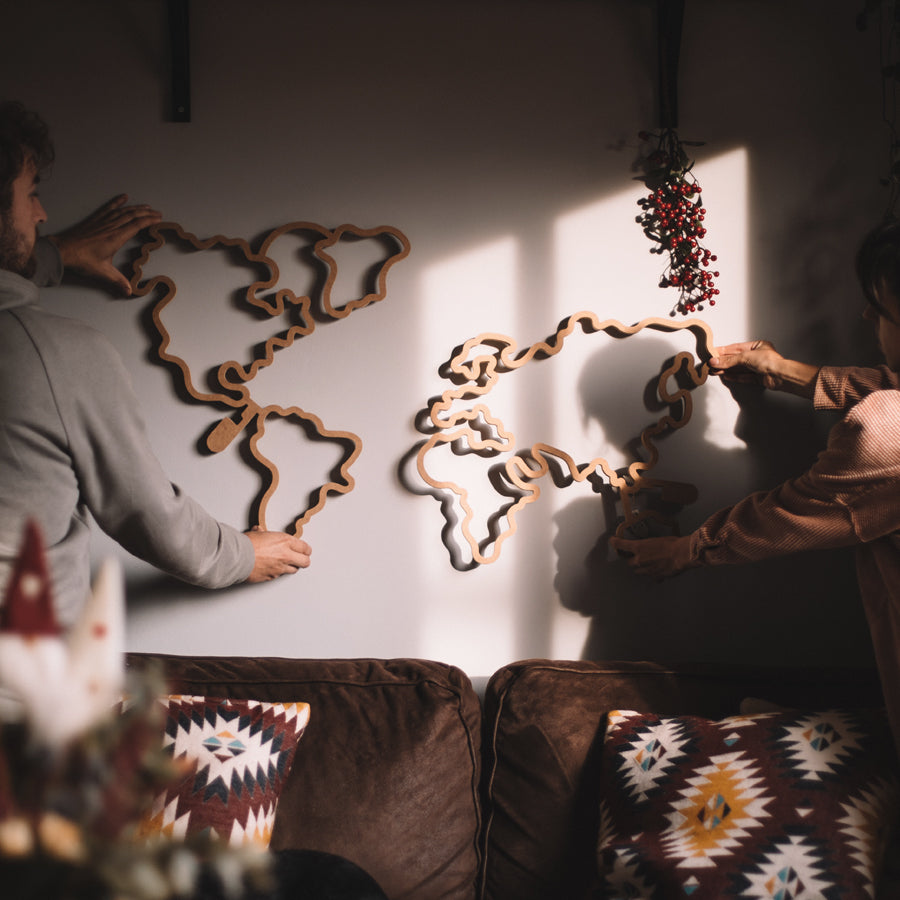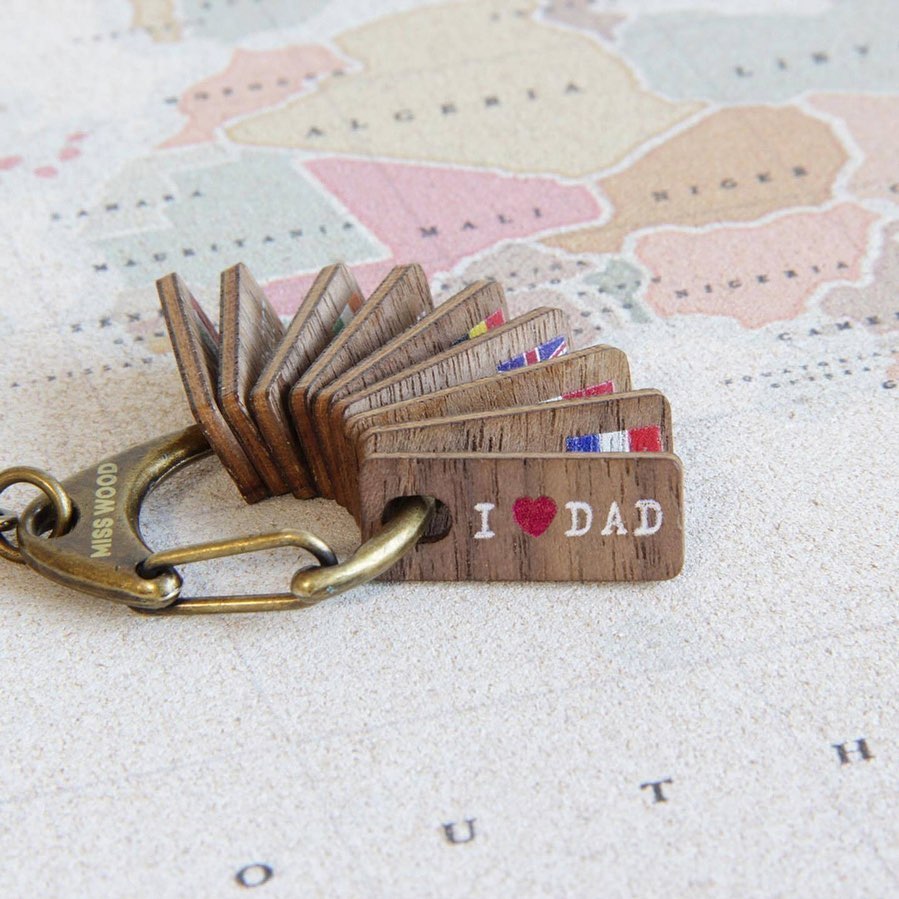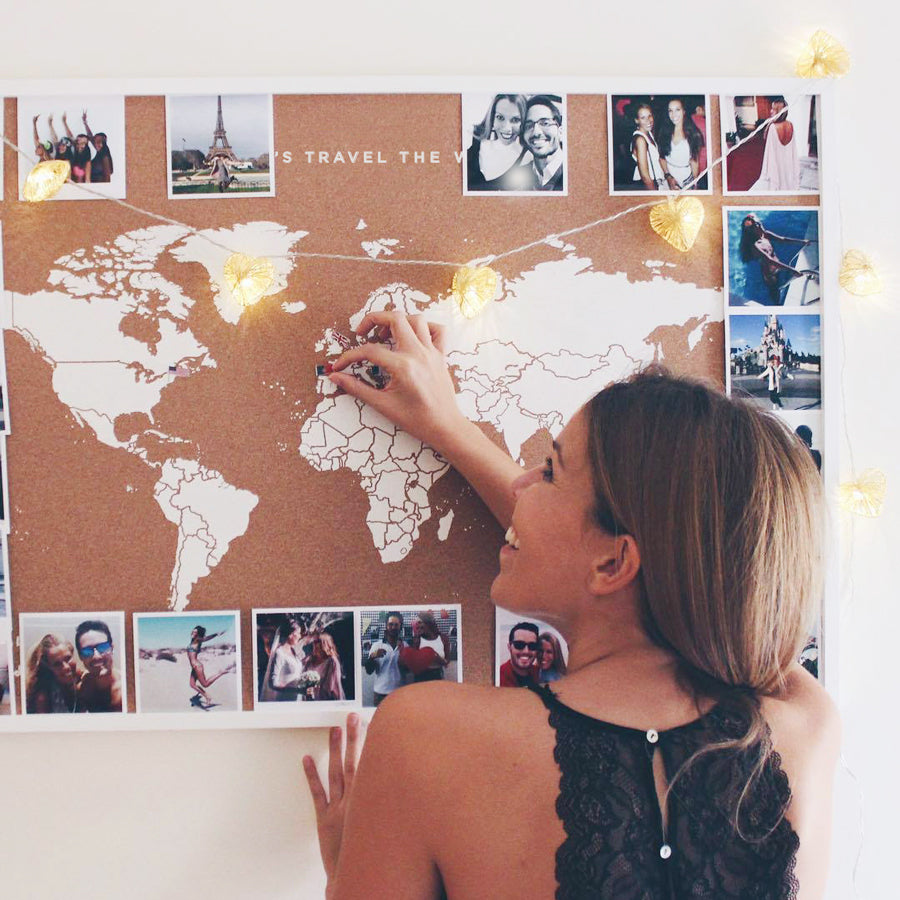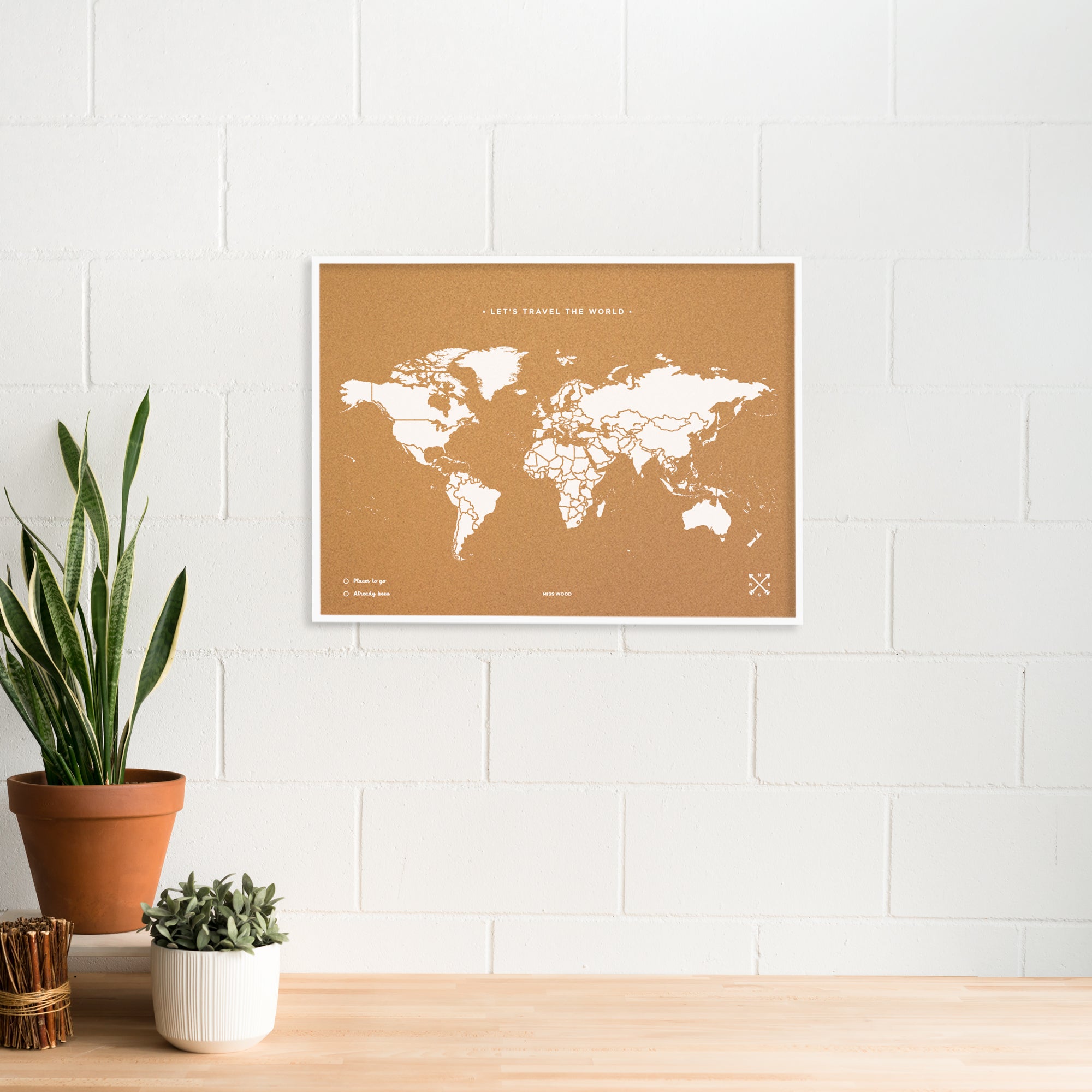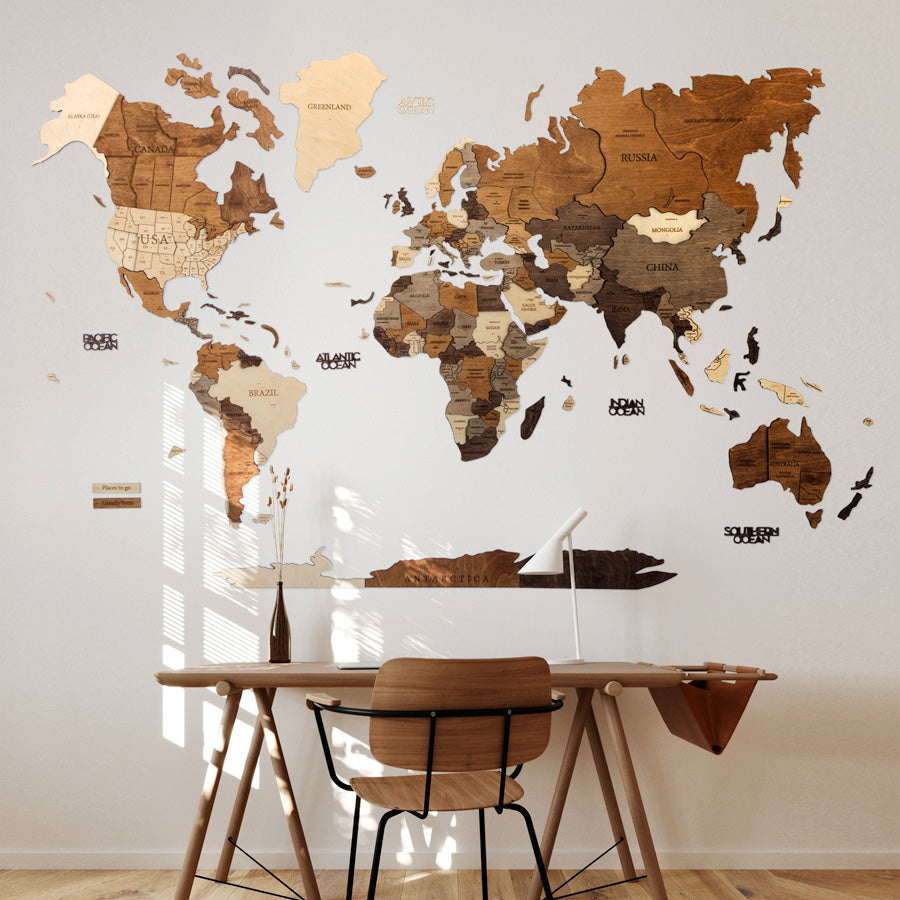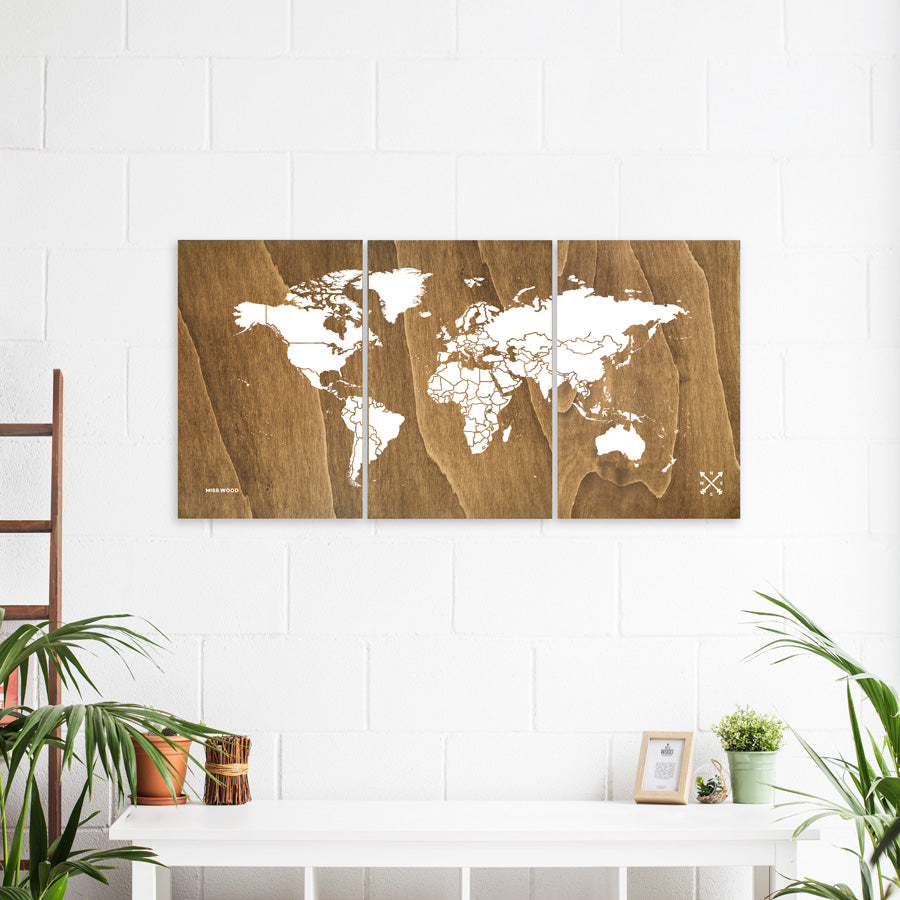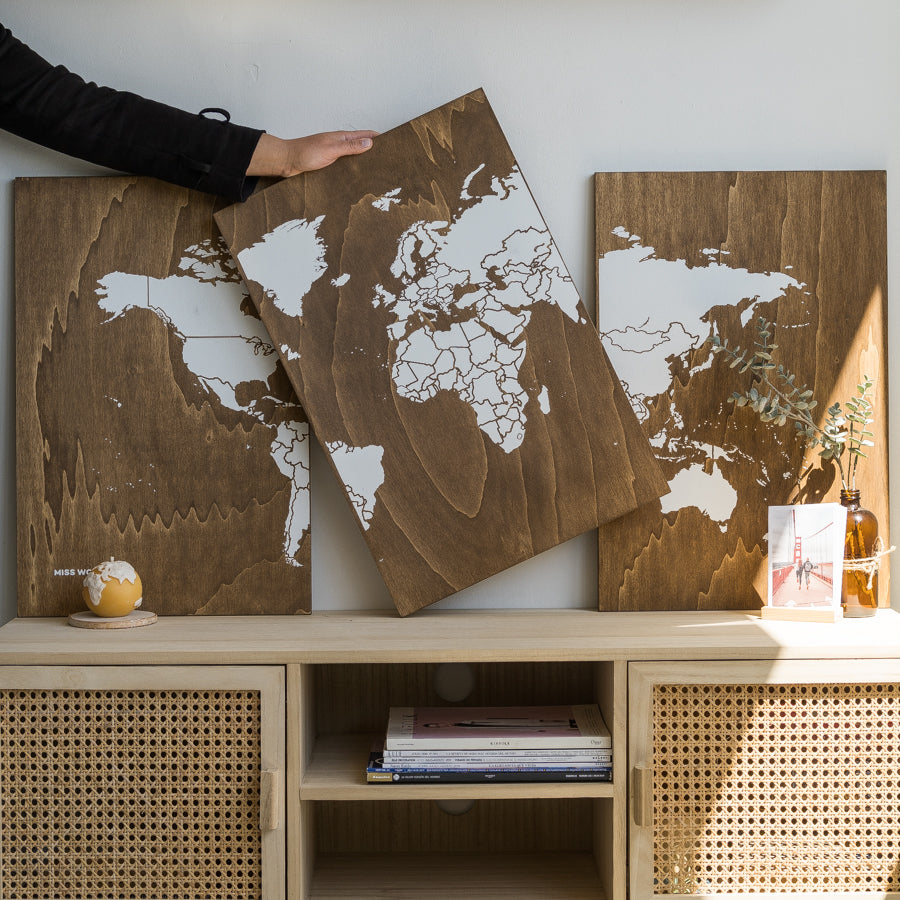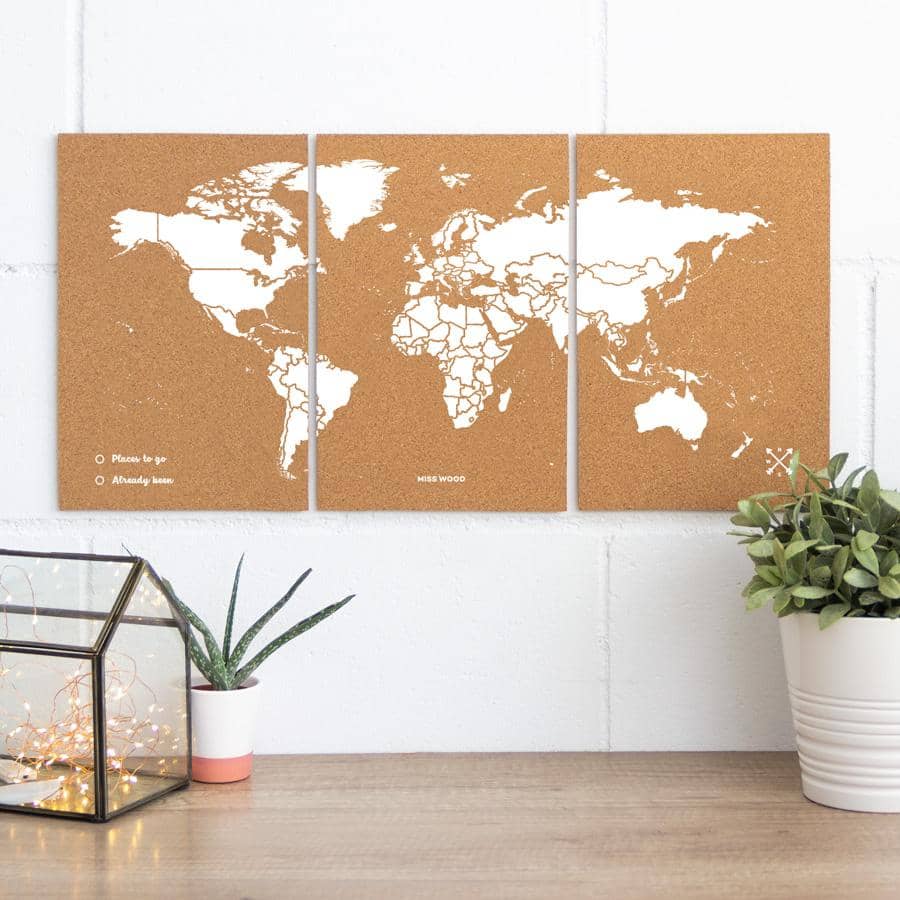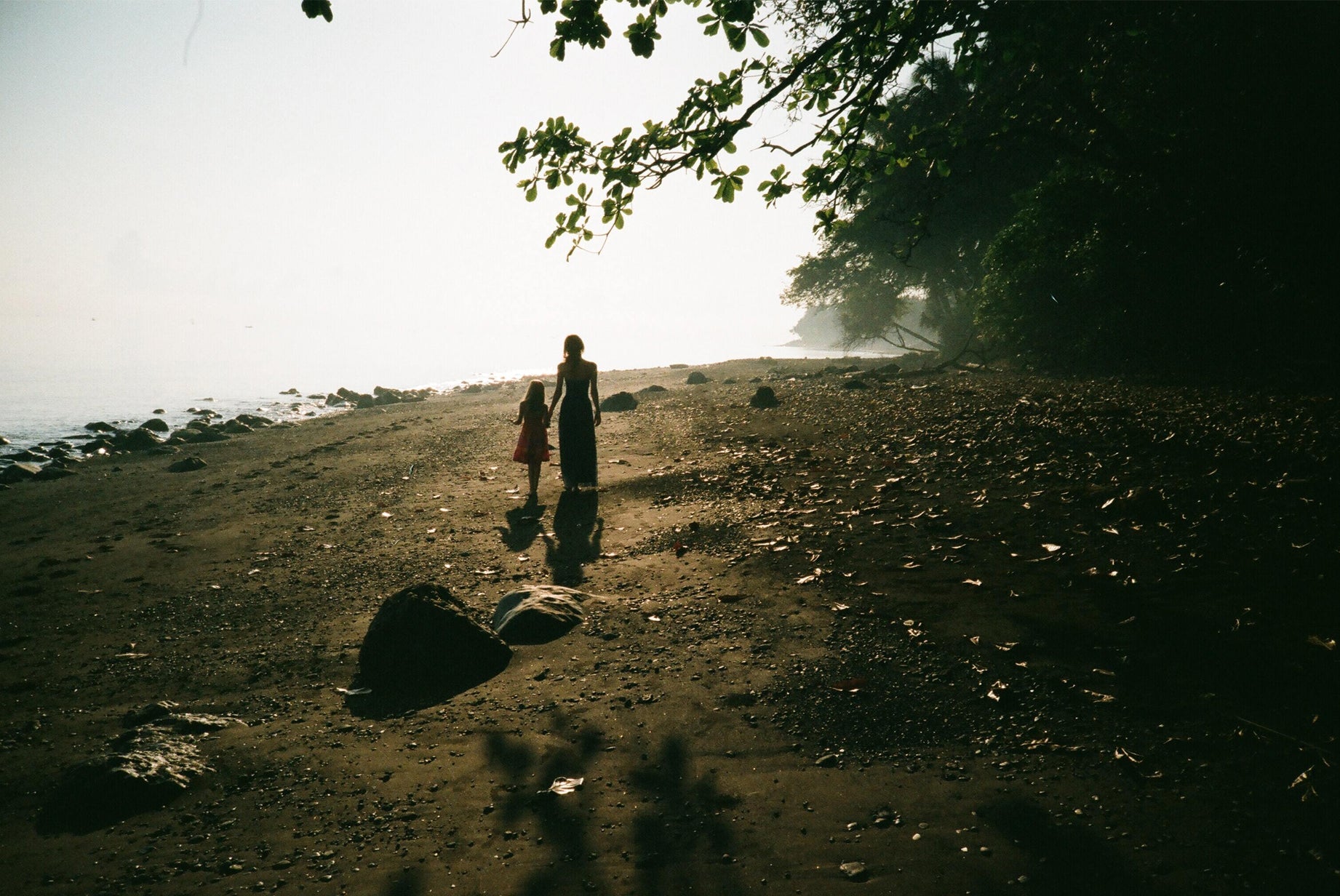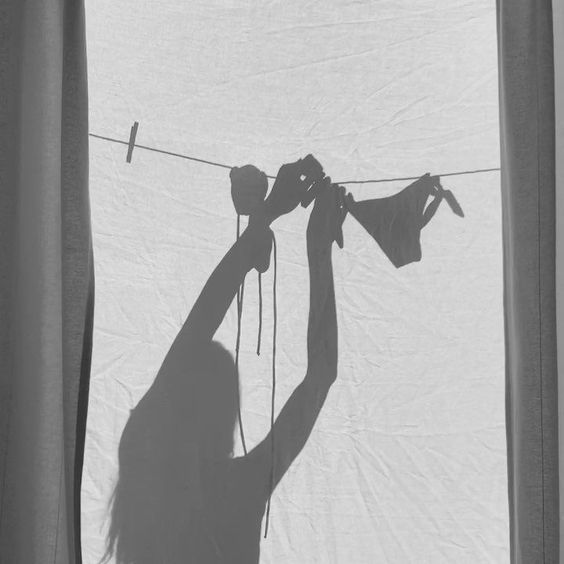Croatia: meet the pearl of the Adriatic

Croatia, the land of a thousand islands.
WHEN TO GO
Croatia, being composed of continent and islands, has various types of climate, and while on the coast you find a Mediterranean one with mild winters, inland winters are very cold and summers are full of storms.
The Dinaric Alps are a natural barrier to the climatic influences of the sea, so the areas behind them have a more continental climate, with snowy winters and hotter summers.
WHAT TO SEE
In our Instagram post we already talked about some adventure sports to practice in Croatia, but besides those I recommend you not to miss the opportunity to do paragliding. Wherever you go you will find an area to do it, as there are more than 30 points spread around the country to practice it.
Croatia's three main cities are Dubrovnik, Split and Zadar. Dubrovnik is located by the Adriatic Sea and has the Old Town with large stone walls completed in the 16th century. In Split you can enjoy impressive beaches and Diocletian's Palace, built in the 4th century, and a ruin complex consisting of over 200 buildings.
Zadar is definitely one of my favorites. Located on the Dalmatian coast, it's known for its Roman and Venetian ruins. On the walls you will find several Venetian doors and you will find the Roman forum in the Convent of Santa Maria. On the promenade you will see what is considered to be the most beautiful sunsets on the planet, and the marine organ. This organ, shaped like steps, sounds thanks to the movement of the waves and the wind.
CULTURE
Croatian culture has fourteen centuries behind it and is something you will see in every corner of the country. With influences from Roman and Byzantine culture, Central Europe and the peoples of the Mediterranean, Croatia has the perfect mix to make any type of traveler enjoyable.
For all these reasons Croatia's folklore is rich and multicultural. Kolo dancing is done in circles, and is accompanied by violinists, mandolin, guitars and accordions. Most of the population is Catholic, in contrast to its Serbian neighbours, who are Orthodox.
As you can see Croatia is a place where you can explore not only the adventure, but the history of many civilizations through monuments, buildings and cultural heritage.
WHAT TO EAT
The traditional strukli dish can be found in almost any restaurant. It is a seemingly simple recipe that contains almost only eggs, flour and cheese (in addition to salt and oil), but it is laborious and was born from the hands of the women of Zagorje, who were in a situation of poverty. Due to its historical relevance, the Ministry of Culture has called it an intangible cultural asset, so you have to try it!
The mlinci is a dish prepared with thin slices of bread, shaped like pasta and boiled. It is a very simple dish, which is mixed with duck, turkey or goose and a delicious sauce. Without a doubt it is a dish that seems like nothing, but the delicacy with which everything is prepared will make the flavours explode on your palate.
The orehnjaca is one of the great desserts of Croatia, and this roll, although it can be found with other fillings, is usually made with nuts, which makes it not especially sweet. Perfect for those palates that are not very dessert!
